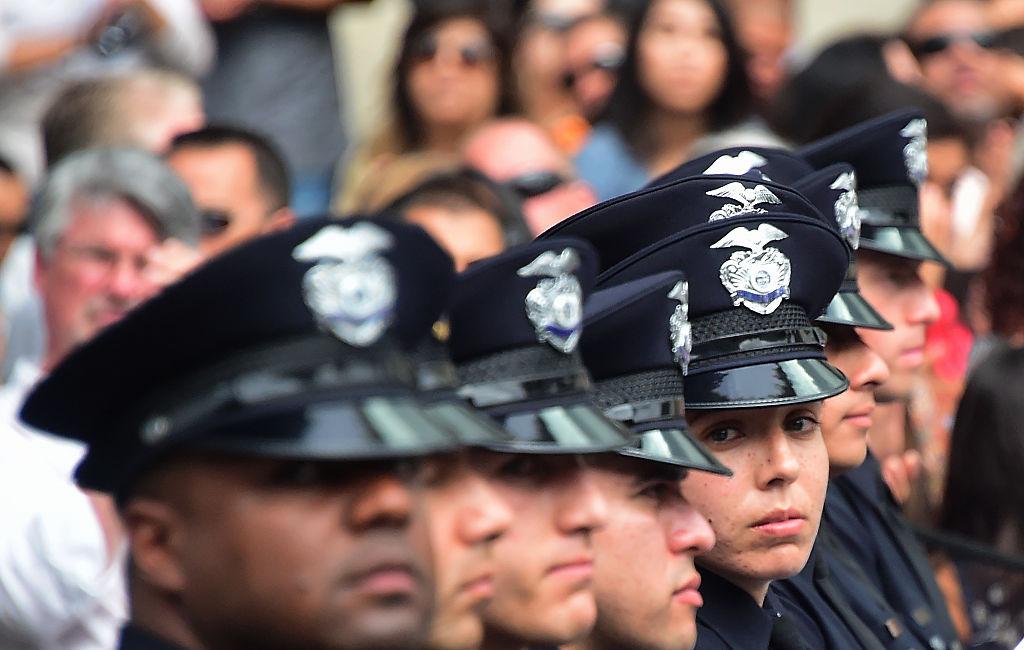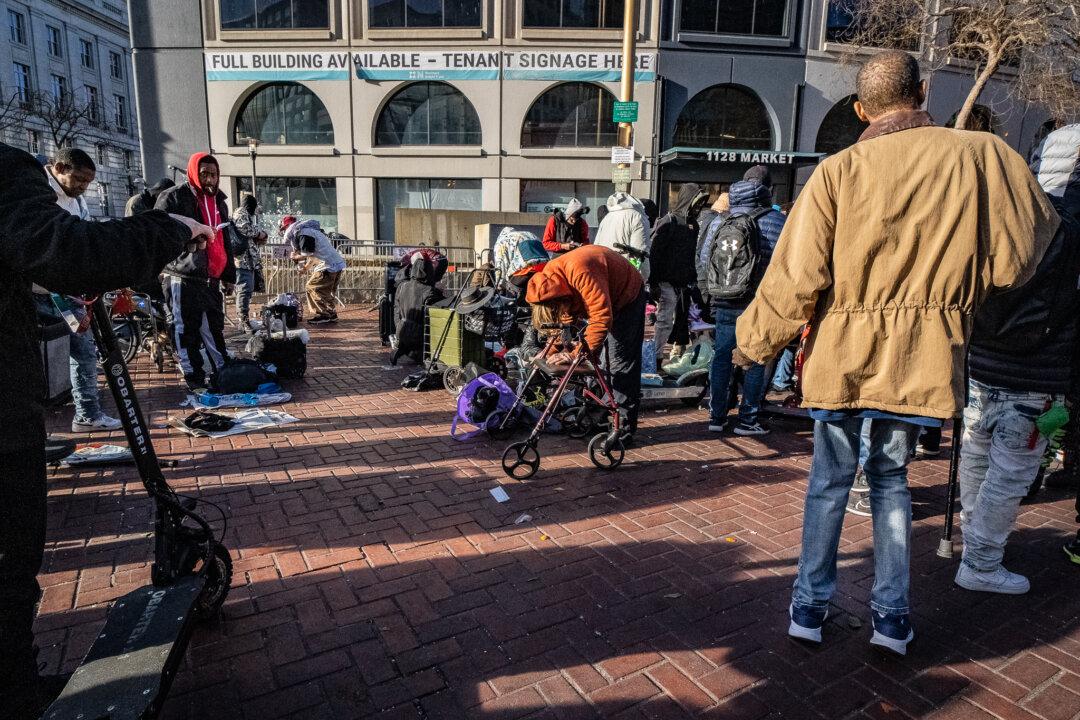Homelessness in the City of Los Angeles’ hot spots increased by an average of 18 percent, despite official numbers showing a decrease of unsheltered persons in those same areas recorded in the 2022 point-in-time count, according to a recent survey by the RAND Corporation, a nonprofit public policy research organization.
The survey, published on Jan. 26, was created using a team of researchers for the Los Angeles Longitudinal Enumeration and Demographic Survey Project “to better inform the development of effective homelessness policy,” the report said.





